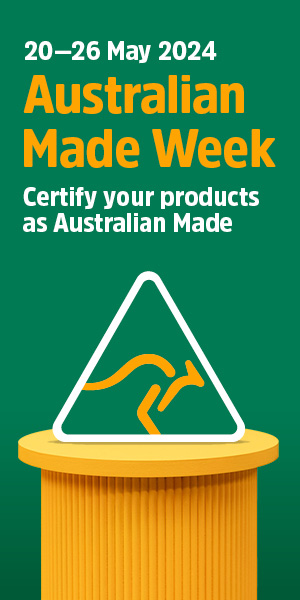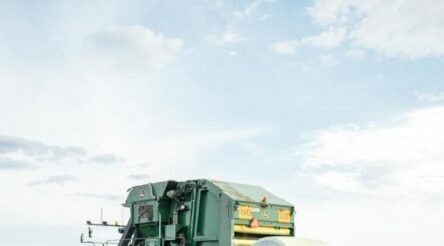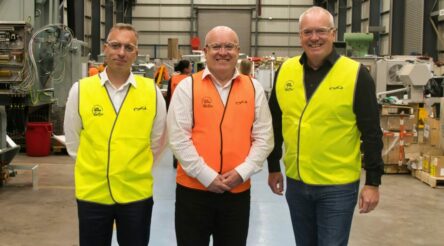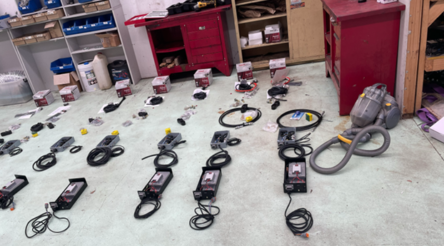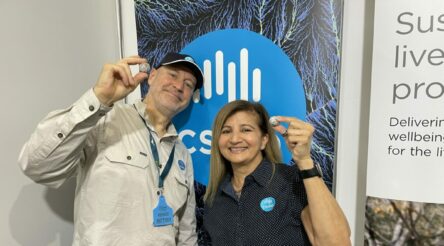Subscribe to our free @AuManufacturing newsletter here.
Australian-led cement carbon capture project commissioned in Belgium
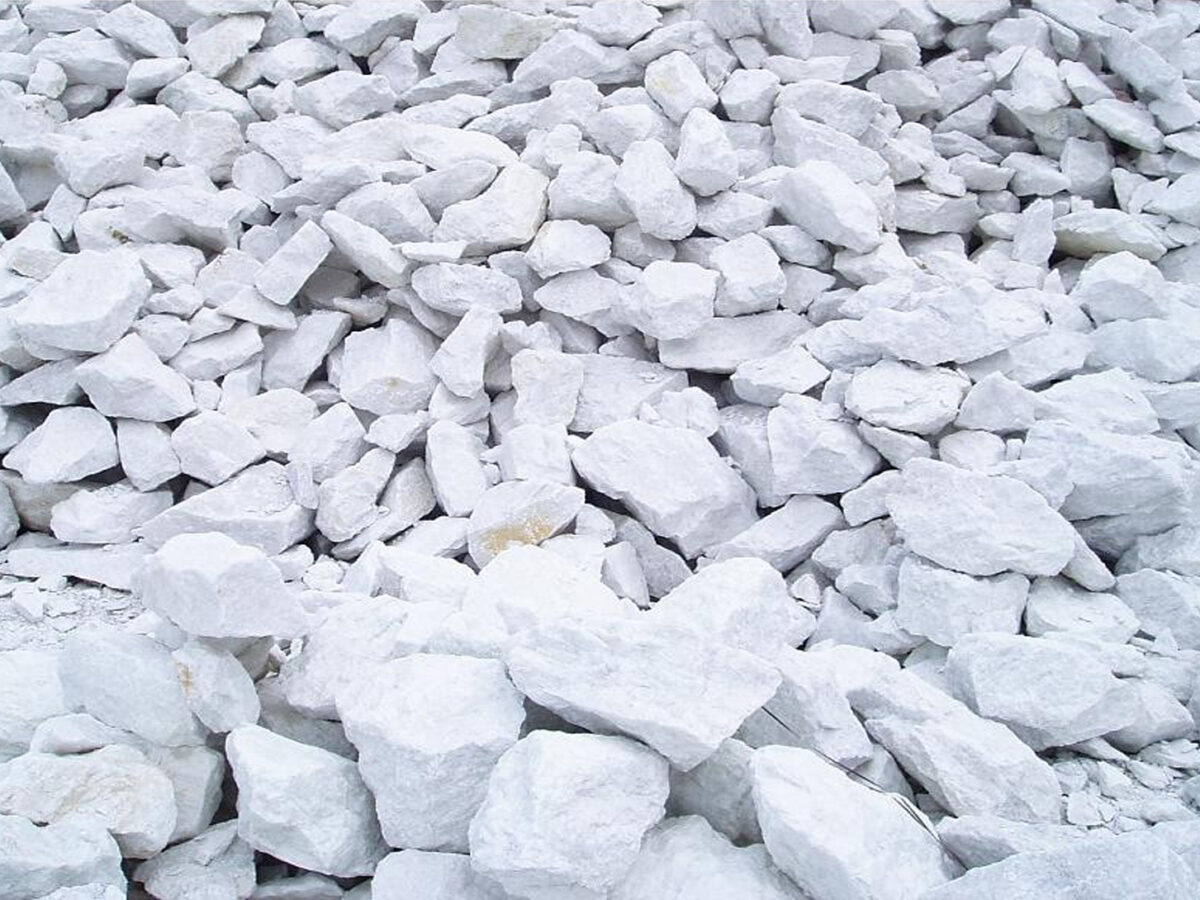
Listed Australian technology company Calix (ASX: CXL), which is leading EU-supported work developing a process to capture carbon emissions from cement and limestone manufacture, has announced that commissioning of a plant in Belgium has begun on-time and on-budget.
The consortium for the LEILAC (Low Emissions Intensity Lime And Cement) project was formed in July 2014, and includes HeidelbergCement, Lhoist, Cemex, and Tarma. Their project involves applying Calix’s “Direct Separation” process to capture carbon dioxide emissions from the conversion of limestone to lime, which is responsible for two-thirds of greenhouse emissions in cement making. It explains this as re-engineering process flows from traditional calcination, indirectly heating the limestone via a special steel vessel, and capturing released C02 as it is kept separate from furnace exhaust gases.
“This is a significant development milestone for the Direct Separation application of Calix’s technology. It has taken nearly five years of considerable effort and focus to reach this achievement,” said co-founder and chief scientist Mark Sceats in a statement on the commissioning at HeidelbergCement’s plant in Lixhe, Belgium.
“It is all the more satisfying given Calix, an Australian business, has initiated this project, attracted technical and industrial multinational giants in Europe to form a project consortium, and has led the project successfully since inception. I look forward to a successful commissioning and fingerprinting exercise over the next few months – which will considerably de-risk this application.”
The consortium’s work is budgeted at approximately 21 million Euro, with 12 million Euro in support provided through the European Union Horizon 2020 research and innovation project
Calix was formed in 2005 and is commercialising a variety of technologies. It currently produces “mineral honeycomb” products at Bacchus Marsh by flash calcination out of magnesite, which are sold domestically and internationally, and used in sectors including infrastructure, agriculture and aquaculture. Last year it won a NSW Export Award in the Environmental Solution category.
A project timeline from Calix is below
• Initial Project Consortium formation by Calix in July 2014,
• Initial H2020 grant submission in January 2015,
• Advancement to second round H2020 grant application in September 2015,
• €12m in EU Horizon 2020 grant funding in January 2016,
• Basis of Design review in October 2016,
• Front-End Engineering and Design review and Final Investment Decision by the consortium in August 2017,
• Commencement of construction in February 2018.
• Initial H2020 grant submission in January 2015,
• Advancement to second round H2020 grant application in September 2015,
• €12m in EU Horizon 2020 grant funding in January 2016,
• Basis of Design review in October 2016,
• Front-End Engineering and Design review and Final Investment Decision by the consortium in August 2017,
• Commencement of construction in February 2018.
Picture: calcined lime (via http://rocmet.com)
Topics Manufacturing News
@aumanufacturing Sections
Analysis and Commentary Awards Defence Manufacturing News Podcast Technology Videos




